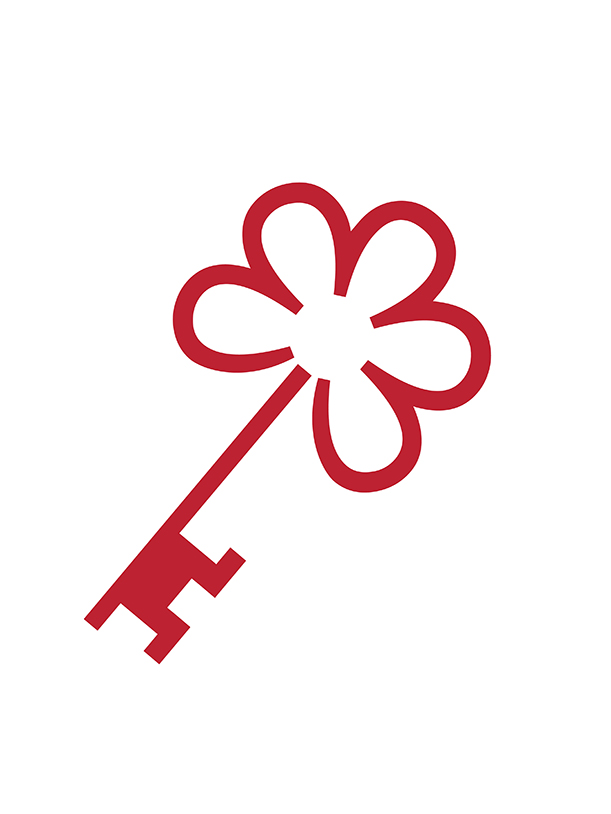We’ll let you in on a little tip not everyone realises: there’s no such thing as a Michelin-starred chef. Having worked in a Michelin-starred restaurant or even owning a string of three-starred establishments doesn’t make one a Michelin-starred chef - because the term doesn’t technically exist.
The MICHELIN Guide awards stars to restaurants based on the quality of the food they serve, and not to individuals. Aptly too, as world-class meals are often the collective efforts of an entire team, and not one man (or woman) alone.
The guide is updated annually and restaurants can lose their stars if they close during the year of assessment, or if they do not maintain their standards to make it into next edition of the guide. Conversely, star ratings remain unaffected even if a restaurant’s head chef decides to leave halfway through the year and a new chef comes on board.
Chefs can’t take off with the stars, nor do the stars transfer to another restaurant owned by the same chef. If a chef who runs a Michelin-starred restaurant in Spain opens a new restaurant in Hong Kong, this does not automatically make the latter a Michelin-starred restaurant.

There is more to MICHELIN Guide rankings than its coveted stars. The MICHELIN Guide’s team of inspectors recognise that a restaurant’s ambience and the amicability and attentiveness of its wait staff contribute as much to a comfortable dining experience as the food being served.
As such, there’s a separate category of “covers” (or couverts in French) - represented by the fork and knife () symbol for restaurants and the pavilion symbol (
) for hotels - to indicate the comfort and quality of a rated establishment. Establishments may get one cover to indicate that it is a comfortable restaurant and up to five stars for luxurious restaurants. Symbols may be black or red: black indicates that it is basic and red symbols indicate that a venue is particularly luxurious.
The stars, meanwhile, are indicators of the quality of a restaurant’s food alone, which are assessed according to five publicly acknowledged criteria: the quality of ingredients used, the skill in food preparation, the combination of flavours, the value for money, the consistency of culinary standards.
In line with the guide’s founding in 1900 as a handy travel reference for exploratory drivers, a one-star rating denotes a very good restaurant in its category; a two-star restaurant serves excellent cooking that are worth a detour; and three-star restaurants are places with exceptional cooking worth a special trip for.

The MICHELIN Guide has a stable of inspectors are full-time employees, who are responsible for rating over 40,000 hotels and restaurants in over 32 destinations across four continents. Many of them have studied in the best hospitality schools in the world, live in different continents and have an open mind towards cuisines from every culture.
The MICHELIN Guide does recognise local food variance too: in territories such as Spain, noteworthy tapas bars are recognised by an additional wine and toothpick symbol, while quality pubs in the UK/Ireland guide are marked with a beer mug symbol. Meanwhile, restaurants with impressive notable wine, sake and cocktail lists are recognised with the grape, sake bottle and cocktail glass symbols respectively.

This is one bargain-savvy epicureans will be happy to hear: the MICHELIN Guide isn’t always about white table cloths and polished crystal glasses. Globally, stars have been awarded to a wide spectrum of restaurants, starting from the 2010 crowning of Hong Kong dim sum chain Tim Ho Wan’s hole-in-the-wall maiden outlet in Mongkok to the Y1,100-a-bowl (HKD82) streetside ramen noodle bar Tsuta in Tokyo last year. In 2016, the first one-Michelin-starred street food stall - which offers a plate of soya sauce chicken from HKD12 - was recognised in Singapore, truly proving that good food needs no minimum spend.
To cater to food hunters seeking a satisfying meal without breaking the bank (and who isn’t one?), the Bib Gourmand category introduced in 1955 recognises establishments who provide a stellar 3-course meal for a moderate price. This is capped at HK400 in Hong Kong, 36€ for restaurants in France, Spain and Italy, 37€ for restaurants in Belgium, The Netherlands and Germany, 28 pounds for the UK/Ireland guide, US$40 in American cities, S$45 in Singapore and Y5,000 in Tokyo.
In the 2016 edition of the France Guide, the MICHELIN Guide also debuted a brand new category in the guide, L’Assiette, or The Plate in English, which recognises restaurants that serve that serve “a good, simple meal”, but which haven’t been awarded stars or bibs.

Keeping the identities of the MICHELIN Guide’s inspectors confidential is necessary to ensure that their independence and freedom to speak their minds isn’t compromised.
However, different members of the MICHELIN Guide team may at times identify themselves in order to conduct “technical visits”, on which they obtain up-to-date information and press materials such as menus and photographs from restaurants and hotels. Once an inspector identifies himself to a particular establishment for a technical visit, he will no longer be the one assessing it, leaving other members of his team to do it on separate, unannounced visits.
MICHELIN Guide inspectors visit every venue listed every 18 months as a minimum, and its Bib Gourmand and starred venues as many times as necessary. Restaurants do not - and cannot - pay to be listed in the guide.





















